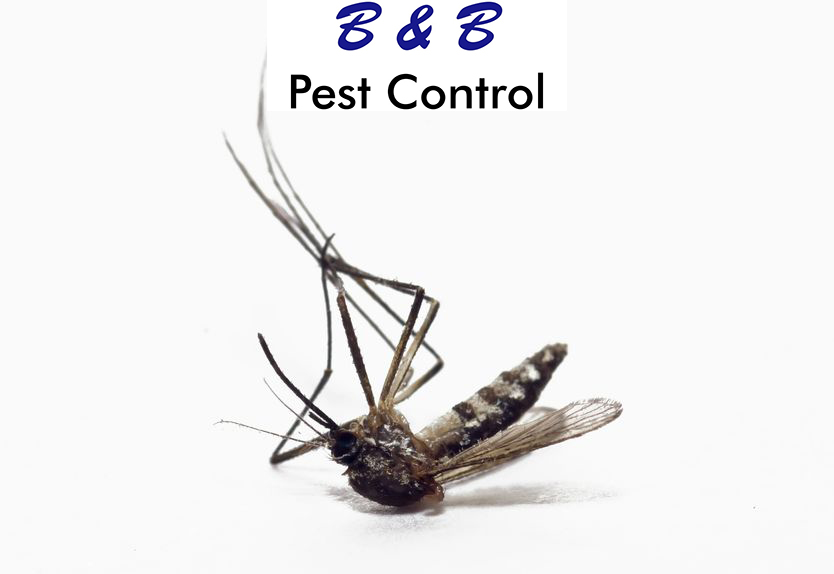Malaria is a devastating mosquito-borne disease that is particularly widespread among the African population. Ever since the disease was first discovered, medical researchers have been struggling to produce a form of treatment that can effectively eliminate the disease from the human body. Malaria is easily the most deadly mosquito-borne disease in the world followed by dengue fever, the West nile virus, and yellow fever. More than one million victims of malaria die from the disease every year, sadly, most of these victims are children under the age of five. It is well known that the hot sub-saharan environment of Africa sees the greatest amount of malaria victims. This may not come as a surprise, as the tropical environment in this region attracts massive amounts of mosquitoes. However, as unbelievable as it may seem, the country of Canada once saw an epidemic of malaria outbreaks among certain populations. During the 1800s, malaria was rampant in the region of Canada where the Rideau and Cataraqui Rivers are located.
The Rideau and Cataraqui Rivers run through Ontario near Kingston and Ottawa in southern Ontario. The rivers run through vastly different types of environments, such as glacial regions and humid swamp lands. The swamp land provides the perfect breeding ground for the county’s established mosquito population. These mosquitoes are known as Anopheles mosquitoes, and they transmit malaria. During the 1800s, when malaria ravaged southern Ontario, the disease had not been discovered yet, so malaria victims were unaware of why they were falling ill. The public at the time theorized that malaria was caused by “bad air” that was emitted from swamps. In reality, the bad air that the locals were referring to was actually methane gas, which forms above swamps. Now, we know that malaria is caused by a microscopic parasite that is carried by mosquitoes. To this day, researchers are not exactly sure how malaria-carrying mosquitoes came to infect members of the Canadian public, but it is likely that two different malaria strains were present in the region.
Do you believe that climate change will cause disease-carrying mosquitoes to return to Canada?

